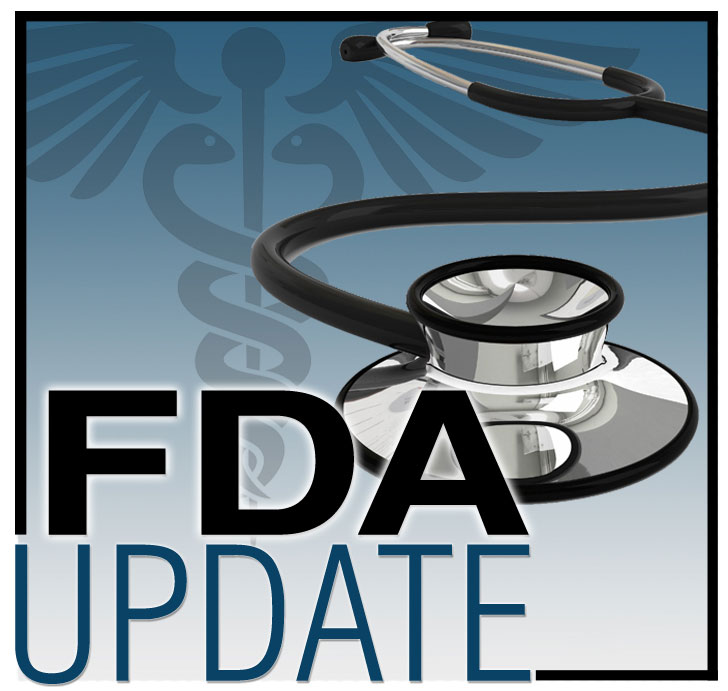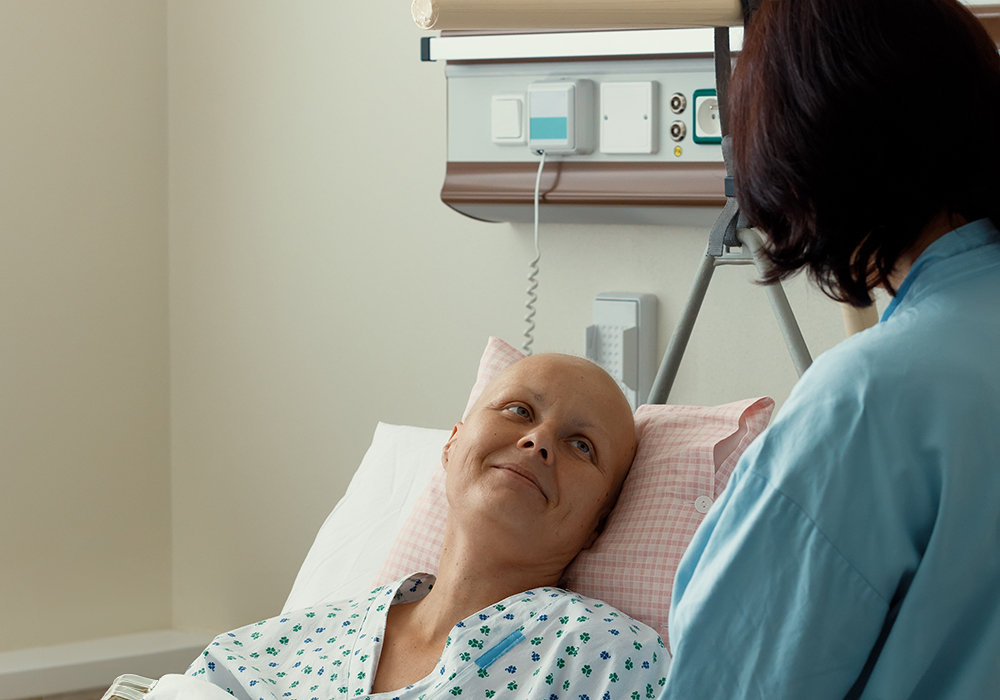On October 18, 2024, the U.S. Food and Drug Administration (FDA) approved zolbetuximab-clzb (Vyloy™), a claudin 18.2 (CLDN18.2)-directed cytolytic antibody, with fluoropyrimidine- and platinum-containing chemotherapy, for the first-line treatment of adults with locally advanced unresectable or metastatic human epidermal growth factor receptor 2 (HER2)-negative gastric or gastroesophageal junction (GEJ) adenocarcinoma whose tumors are CLDN18.2 positive, as determined by an FDA-approved test.

The FDA also approved the Ventana® CLDN18 (43-14A) RxDx Assay as a companion diagnostic device to identify patients with gastric or GEJ adenocarcinoma who may be eligible for treatment with zolbetuximab.
Efficacy was evaluated in SPOTLIGHT (NCT03504397) and GLOW (NCT03653507), both of which were randomized (1:1), double-blind, multicenter trials that enrolled patients with CLDN18.2-positive advanced unresectable or metastatic HER2-negative gastric or GEJ adenocarcinoma. The major efficacy outcome measure in both trials was progression-free survival (PFS), as assessed by an independent review committee per RECIST v1.1. Overall survival (OS) was an additional efficacy outcome measure.
In SPOTLIGHT, 565 patients were randomized to receive either zolbetuximab-clzb with mFOLFOX6 (5-fluorouracil, leucovorin, and oxaliplatin) chemotherapy or placebo with mFOLFOX6 chemotherapy. Median PFS was 10.6 months (95% CI = 8.9, 12.5) in the zolbetuximab-clzb/chemotherapy arm and 8.7 months (95% CI = 8.2, 10.3) in the placebo/chemotherapy arm (HR = 0.751 [95% CI = 0.598, 0.942]; p = 0.0066). Median OS was 18.2 months (95% CI = 16.4, 22.9) and 15.5 months (95% CI = 13.5, 16.5), respectively (HR = 0.750 [95% CI = 0.601, 0.936]; p = 0.0053).
In GLOW, 507 patients were randomized to receive either zolbetuximab-clzb with CAPOX (capecitabine and oxaliplatin) chemotherapy or placebo with CAPOX chemotherapy. Median PFS was 8.2 months (95% CI = 7.5, 8.8) in the zolbetuximab-clzb/chemotherapy arm and 6.8 months (95% CI = 6.1, 8.1) in the placebo/chemotherapy arm (HR = 0.687 [95% CI = 0.544, 0.866]; p = 0.0007). Median OS was 14.4 months (95% CI = 12.3, 16.5) and 12.2 months (95% CI = 10.3, 13.7), respectively (HR = 0.771 [95% CI = 0.615, 0.965]; p = 0.0118).
The most common serious adverse reactions in SPOTLIGHT reported in at least 2% of patients were vomiting, nausea, neutropenia, febrile neutropenia, diarrhea, intestinal obstruction, pyrexia, pneumonia, respiratory failure, pulmonary embolism, decreased appetite, and sepsis. The most common serious adverse reactions in GLOW reported in at least 2% of patients were vomiting, nausea, decreased appetite, decreased platelet count, upper gastrointestinal hemorrhage, diarrhea, pneumonia, pulmonary embolism, and pyrexia.
The recommended zolbetuximab-clzb dosages, with fluoropyrimidine- and platinum-containing chemotherapy, are:
- First dose: 800 mg/m2 via IV
- Subsequent dosages: 600 mg/m2 via IV every three weeks or 400 mg/m2 via IV every two weeks
View the full prescribing information for zolbetuximab-clzb on Drugs@FDA.
The applicant used the Real-Time Oncology Review pilot program, which streamlined data submission prior to the filing of the entire clinical application, and the Assessment Aid to facilitate the FDA’s assessment. The FDA granted the application priority review, fast track, and orphan drug designation. Learn more about the FDA’s expedited programs in the Guidance for Industry: Expedited Programs for Serious Conditions—Drugs and Biologics.
Healthcare professionals should report all serious adverse events suspected to be associated with the use of any medicine or device to FDA’s MedWatch Reporting System or by calling 800-FDA-1088.
For assistance with single-patient applications for investigational oncology products, healthcare professionals may contact the Oncology Center of Excellence’s Project Facilitate at 240-402-0004 or email OncProjectFacilitate@fda.hhs.gov.





